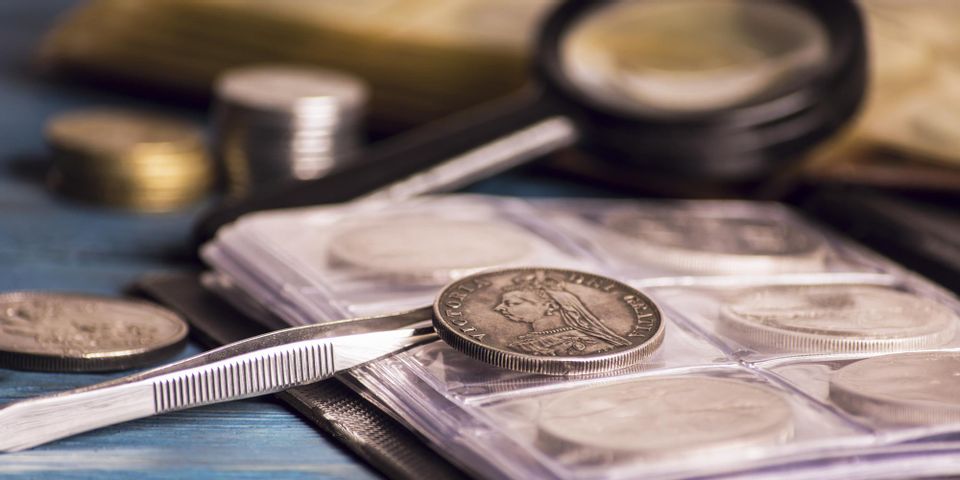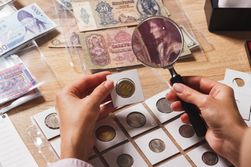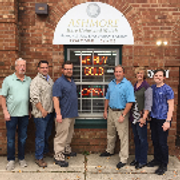
Whether you’re new to coin collecting or have been doing it for years, adding a rare new coin to your lot is always exciting. When you’re in search of a new addition, you’ll want to be positive that you’re getting the real deal. There are many counterfeit options out there, so be aware of what the common ones are and how you can confirm authenticity.
Your Guide to Identifying Counterfeit Coins
What Are They?
Counterfeit coins are any coins that were made without the consent of the issuing entity or country. The creator takes a less valuable material or coin and changes it, making it appear more expensive and valuable than it really is. There are three main types of counterfeits: struck, cast, and altered.
Struck counterfeits are made the same way as authentic coins, so they look the most genuine of the three options. These minting processes could include hand engraving, lathe engraving, or spark erosion dies. Because this method requires tedious attention, it’s only used to replicate the most valuable coins out there. Cast counterfeits use an authentic coin to create a mold, then pour metal into the mold to recreate the original. Altering, or doctoring, is one of the most common methods since it’s quick and cheap. Counterfeiters take a similar inexpensive coin and alter it to make it look like a more expensive one. They may also split coins, which involves taking two common coins, splitting them in half, and gluing the pieces together to create a much rarer one.
How to Test Authenticity
 Before testing your coin for authenticity, you should have a detailed list of specifications for a genuine coin. You can then use specialized materials to test those parameters. For example, a high-precision caliper will give you the diameter and thickness of the coin. A strong magnet will tell you whether there is any iron or steel inside the coin — silver and gold bullion should both not be magnetic, and a neodymium magnet is recommended for this test. You should also use a magnifying glass to test the shape and location of the letters. If the letters are soft looking and uneven or if the surface of the coin lacks detail or has unusual gouges or pits that contain original luster, it could indicate that the coin is counterfeit and shouldn’t belong in your coin collection.
Before testing your coin for authenticity, you should have a detailed list of specifications for a genuine coin. You can then use specialized materials to test those parameters. For example, a high-precision caliper will give you the diameter and thickness of the coin. A strong magnet will tell you whether there is any iron or steel inside the coin — silver and gold bullion should both not be magnetic, and a neodymium magnet is recommended for this test. You should also use a magnifying glass to test the shape and location of the letters. If the letters are soft looking and uneven or if the surface of the coin lacks detail or has unusual gouges or pits that contain original luster, it could indicate that the coin is counterfeit and shouldn’t belong in your coin collection.
Ashmore Rare Coins and Metals in Greensboro, NC, takes the risk and stress out of adding to your coin collection. Their team is experienced in coin grading and counterfeit detection, ensuring the pieces you find are authentic. They are also full-service dealers for PCGS, NGC, ANACS, and CAC, so if you’re looking to sell your coins, they can certify them for you. To learn more about their coins, as well as their inventory of precious metals, diamonds, and gems, visit their website or drop by the showroom. For questions regarding their current pieces, call (336) 617-7537 today.
About the Business
Have a question? Ask the experts!
Send your question

